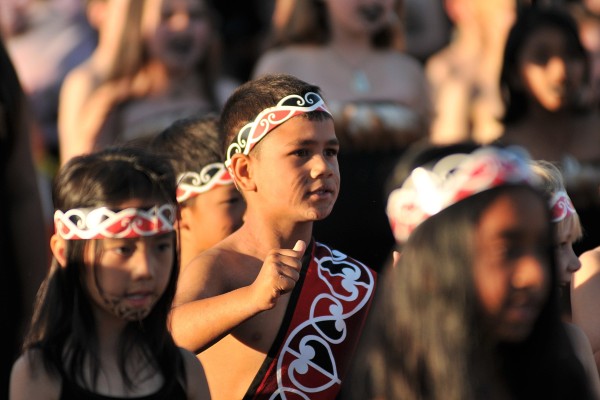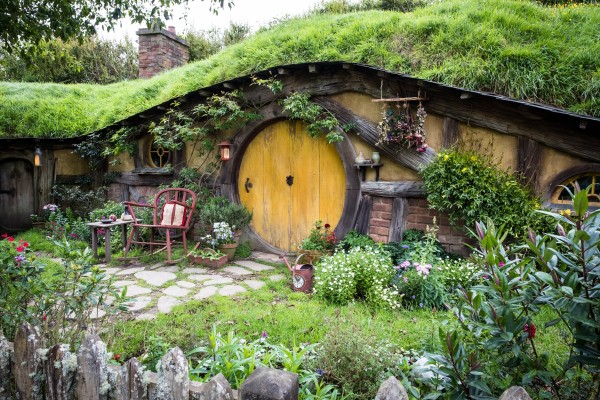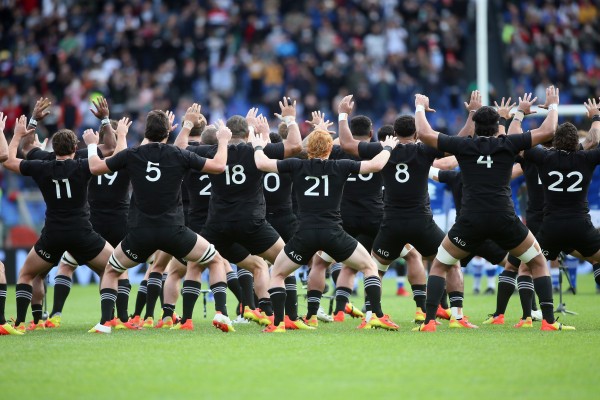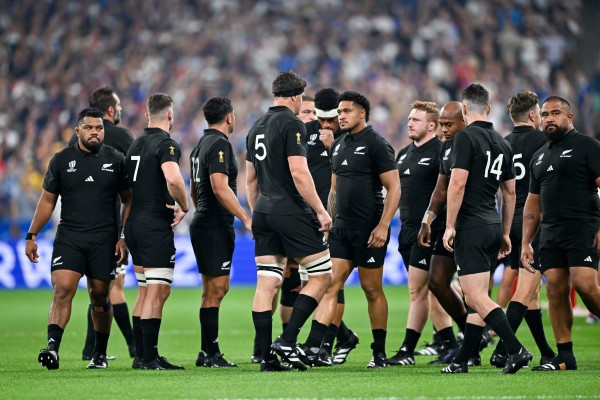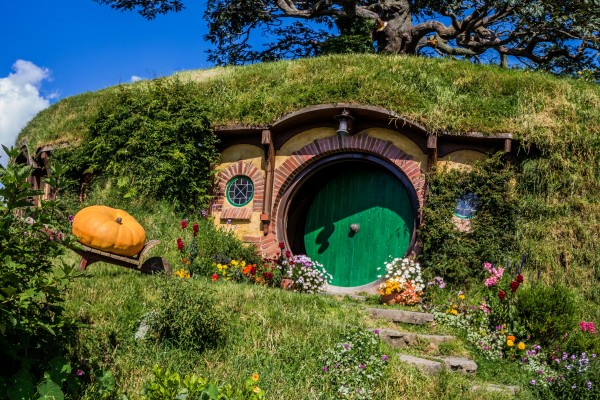New Zealand's Literary Legends: A Journey Through Kiwi Literature


A great way to immerse yourself in New Zealand culture is to read literature by Kiwi authors. For more than 150 years, Kiwi authors have been telling stories about New Zealand through novels, short stories, and children’s books. From early colonial writings to modern-day classics, New Zealand literature captures the unique experiences, histories, and identities of Māori and pakeha as our country has developed its own unique identify.
Early New Zealand publishing
Fiction about New Zealand began to appear in the late 19th century, with the first home-grown novels published in the 1860s. Early works often depicted the trials of pioneer life, the rugged bush, and interactions with Māori. Romance was a popular genre in the late 19th century, especially among women writers. Literature from this period also explored themes of Māori culture and the pioneer experience.
Women writers of the 1920s and 1930s
The early 20th century saw a rise in influential women writers. Jane Mander, Robin Hyde and Ngaio Marsh were prominent female writers of this time. Marsh began publishing detective novels in 1934. Along with Agatha Christie, Dorothy L. Sayers, and Margery Allingham, she is considered one of the Queens of Crime of the Golden Age of detective fiction.
The emergence of a New Zealand voice
The 1930s and 1940s witnessed the emergence of a new movement in the New Zealand literary scene. With more access to universities and small publishing houses, New Zealand writers had more opportunities to publish their work. In the 1940s, a state literary fund was established, boosting the creative arts even more.
Following the 1940s, many writers of European descent began to express the growing dilemma of looking to England as the nation's ‘home’ but identifying with New Zealand through the ties of kinship and uniquely Kiwi experiences that felt further removed from their English heritage. Frank Sargeson, poets Allen Curnow, Denis Glover and R.A.K Mason were all notable parts of this literary movement.
The rise of novels and short stories
During the 1940s and 1950s, writers particularly focused on the idea of the ‘isolated individual’ in a moral society, mirroring the plight many authors felt. Dan Davin, James Courage, David Ballantyne, Ruth France and Janet Frame all published influential works during this time. Frank Sargeson’s works focused on the lives of single men, while John Mulgan’s Man Alone (1939) became emblematic of the Kiwi bloke archetype. Barry Crump continued this theme with his humorous novels about solitary men from the 1960s onwards.
Celebrating Māori literature
An important part of New Zealand’s literary identity is the emergence of Māori stories from Māori authors. In the early days of publishing, Māori only featured as characters seen through the eyes or experiences of Pakeha authors. However, during the 1950s and 60s, the establishment of the journal Te Ao Hou encouraged more Māori writers to pursue this creative pursuit and tell their own stories.
Witi Ihimaera's Pounamu, Pounamu (1972), the first short-story collection by a Māori author, and Patricia Grace's global successes have significantly influenced Kiwi literature. Keri Hulme's The Bone People, won the Booker Prize in 1985, while Alan Duff's Once Were Warriors (1990) remains a classic both as a novel and a film adaptation.
Emerging New Zealand contemporary voices
The 1970s and 1980s marked significant growth in New Zealand's literary scene, influenced by the women’s movement and increased creative writing programmes. Fiona Kidman’s A Breed of Women (1979) explored the idea of a young woman rebelling against the conventions of her small town, questioning gender roles and traditional ideas.
Leading New Zealand authors
Maurice Gee

Maurice Gee is one of New Zealand’s most prolific writers. His work Plumb (1978) is considered one of the best New Zealand novels of the past fifty years. Most of his work was grounded in local settings and explored a need for understanding social dynamics and the unique cultural aspects of being a New Zealander.
Notable works:
Janet Frame

Janet Frame is arguably the most renowned New Zealand novelist of the 20th century. Her deeply personal and poetic novels draw on her own experiences, including eight years in mental hospitals. Frame's profound influence on New Zealand literature continues to be celebrated long after her death in 2004.
Notable works:
Katherine Mansfield

Born in Wellington, Katherine Mansfield moved to England in 1908 at the age of 19. She became internationally acclaimed for her innovative short stories, many set in Wellington. Mansfield is celebrated as one of the founders of literary modernism, and her three published books remain influential. Despite her early death from tuberculosis in 1923, her legacy endures as a cornerstone of New Zealand literature.
Notable works:
Frank Sargeson

Frank Sargeson was known for his focus on the daily lives of ordinary people. His work often depicted the experiences of single men, exploring themes of isolation, struggle, and the social dynamics of rural and urban New Zealand. Sargeson is celebrated for his use of colloquial language, which brought authenticity and a uniquely Kiwi flavour to his stories.
Notable works:
-
Conversation with my Uncle
Witi Ihimaera

Witi Ihimaera is a celebrated Māori author whose work explores the intersection of Māori culture and contemporary New Zealand life. Ihimaera’s stories delve into issues of identity, family, and the impact of colonialism, bringing a unique and powerful perspective to New Zealand literature. Some of his writings are included in the New Zealand school curriculum, giving young Kiwis a good starting point for exploring the idea of culture and identity in New Zealand fiction.
Notable works:
Eleanor Catton

Eleanor Catton is a contemporary New Zealand author known for the success of her novel The Luminaries winning the Man Booker Prize at just 27 years old. Her intricate plotting and richly detailed narratives often include complex character studies in both historical and modern settings. Catton's writing delves into themes of ambition, power, and the human condition, often through multiple points of view.
Notable works:
Lloyd Jones

Lloyd Jones is a New Zealand author whose works often grapple with themes of displacement, identity, and the search for meaning. His narratives frequently feature characters facing personal and cultural upheaval, offering insights into the human experience.
Notable works:
Margaret Mahy

Margaret Mahy was a beloved New Zealand author, celebrated for prolific children's and young adult books in schools and homes around the country. Imaginative storytelling, whimsical characters, adventure, and the magical possibilities of everyday life characterise her writing. Her ability to blend fantasy and reality, as well as her writing of children’s picture books and young adult novels, means she has captivated generations of young New Zealand readers.
Notable works:
Lynley Dodd
Lynley Dodd is a beloved children’s author and illustrator who was celebrated for the Hairy Maclary series. She combines vibrant illustrations with catchy rhymes to tell the story of a scruffy neighbourhood dog and the amusingly named characters he encounters on his daily escapade. Her characters, including Schnitzel von Krumm, a dachshund; Scarface Claw, a tom cat; and Slinky Malinki, a mischievous black cat, are all iconic figures with their own stories. Hairy Maclary is an iconic New Zealand character loved by readers worldwide.
Notable works:
What do our customers say?



For every (wise)move









